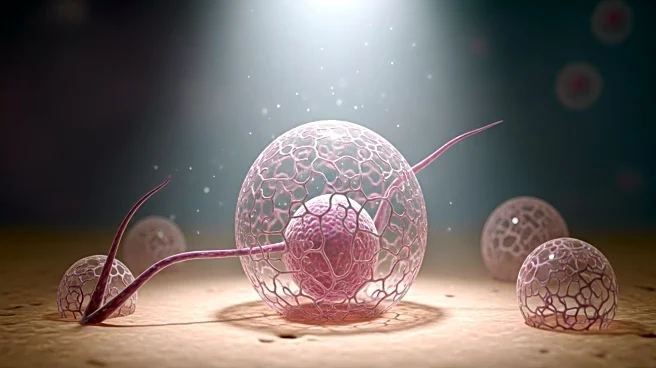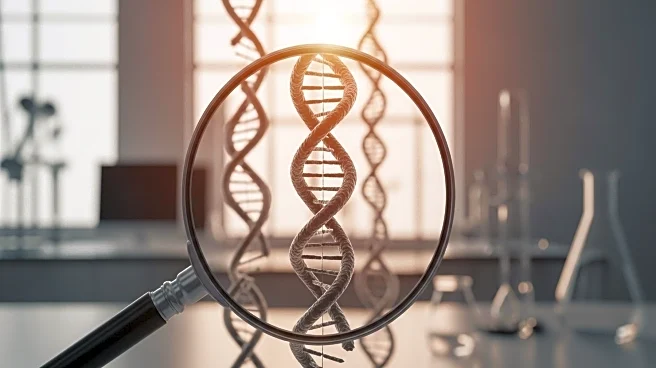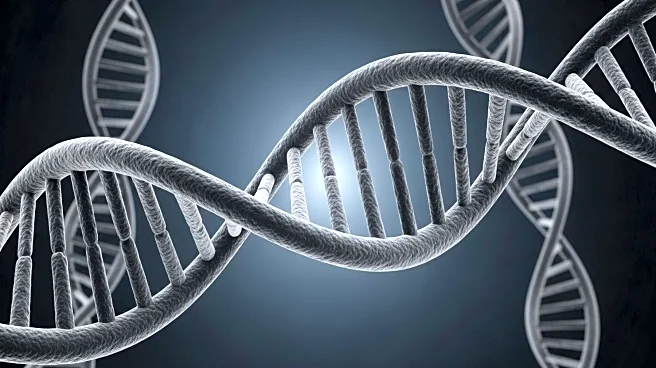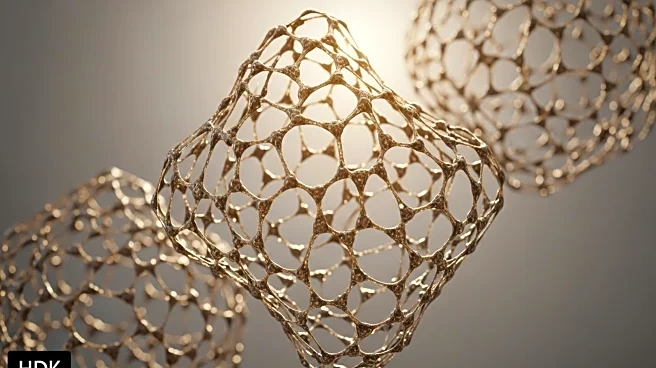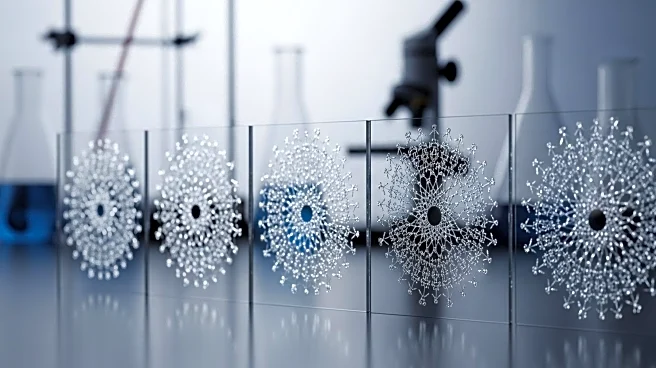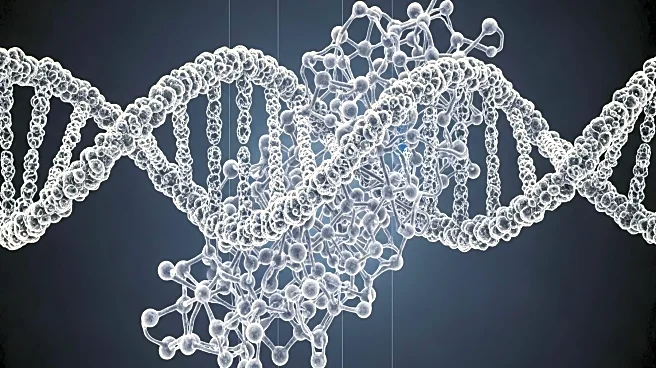What's Happening?
A recent study has explored the ordering kinetics of endothelial cell layers, revealing that topological defects play a crucial role in their alignment dynamics. Using high temporal and spatial resolution techniques, researchers have described the endothelial cell alignment as a dynamic transition, with cellular misalignment serving as an intermediate stage. The study highlights the presence of nematic phases during embryogenesis across multiple species, suggesting that topological defects may be significant in development processes. The findings set a benchmark for understanding biological phenomena in morphogenesis, tissue remodeling, and disease progression, where localized mechanical effects have long-distance impacts.
Why It's Important?
Understanding the role of topological defects in endothelial cell layer dynamics has broad implications for developmental biology and medical research. These insights could lead to advancements in tissue engineering and regenerative medicine, particularly in the development of artificial tissues and organs. By elucidating the mechanisms governing cell alignment, researchers can better predict and manipulate tissue formation, potentially improving outcomes in wound healing and organ repair. Additionally, this knowledge may contribute to the development of new treatments for diseases characterized by abnormal cell alignment and tissue structure, such as cancer and fibrosis.


